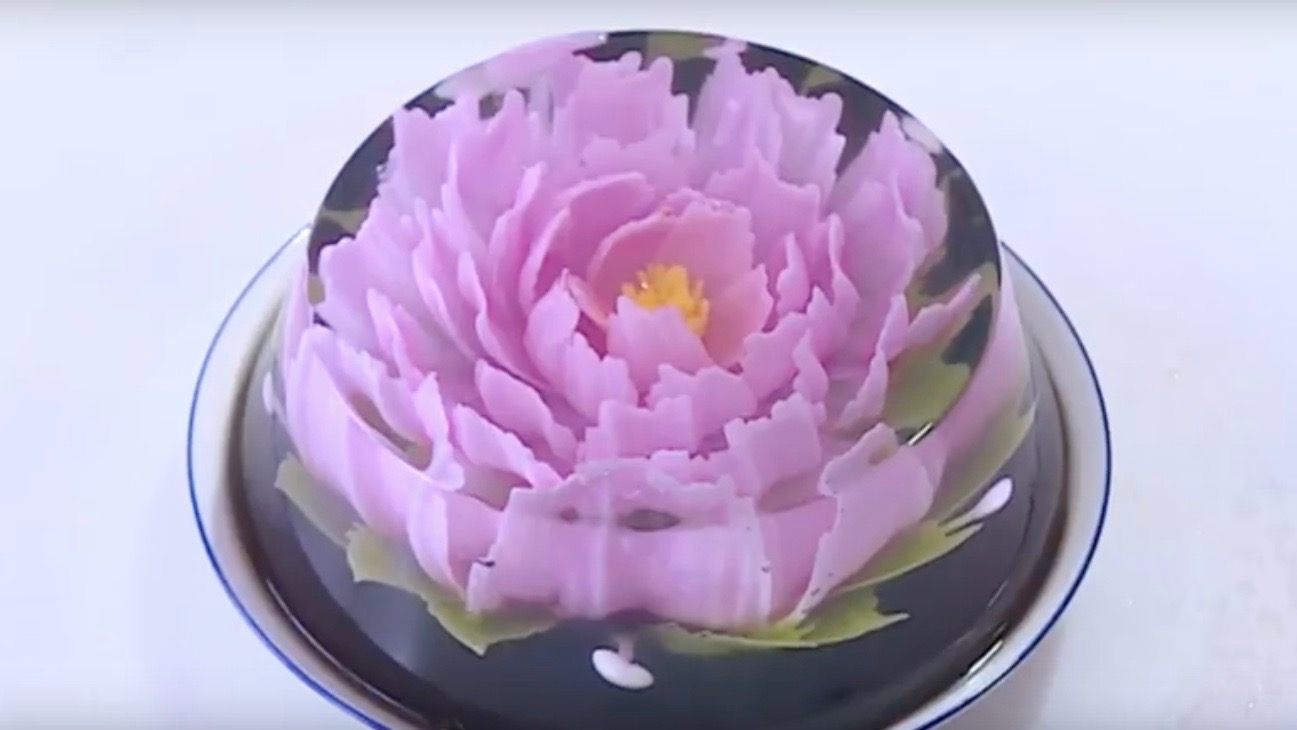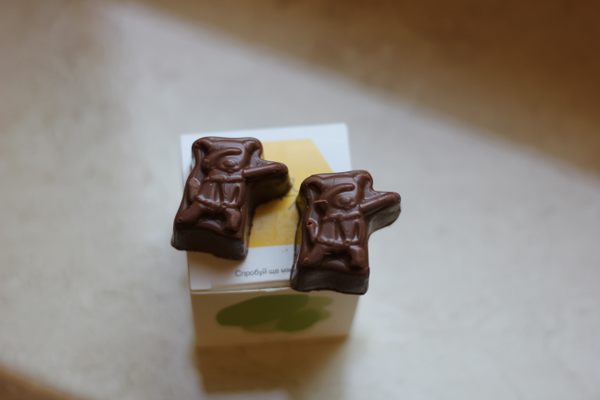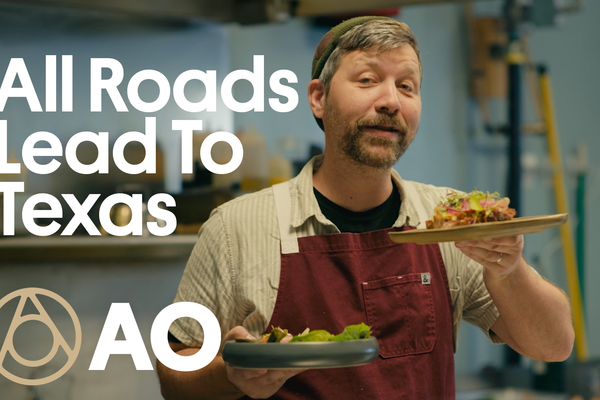The Beautiful Cakes Injected Full of Flowers
Watch as jelly masters create 3-D designs with needles and syringes.

Needles and syringes might not seem like tools for a pastry chef. But they’re essential for creating the technicolor, three-dimensional designs suspended inside thạch rau câu, or Vietnamese jelly cakes. Despite the name, there’s no cake involved in these desserts—it’s jelly all the way down.
In this video from the Vietnam News Agency, the process of decorating a jelly cake starts with a container full of clear, seaweed-derived jelly. (It’s similar to gelatin.) Chefs handle milk jelly with near-surgical precision, injecting designs flavored with everything from matcha to dragonfruit. They use special nozzles fastened to the syringes to create petal and leaf shapes, and thin needles to add details like delicate flower stamens. The result? Vibrant bursts of flowers.
Chefs in Vietnam—and Mexico, where jelly cakes are also popular—add milk jelly from the base of the clear jelly, so the flowers look like they’re suspended in glass. Some chefs devise koi and goldfish designs, creating an edible fishbowl. To set off the design, the bottom of the jelly can be painted a vibrant, contrasting color.
Jelly cakes are often finished with a layer of coconut or coffee jelly, adding a subtle flavor to the lovely dessert. The process of making a jelly cake is as mesmerizing as the finished product, as shown by this compilation of in-progress jelly cakes.
Gastro Obscura covers the world’s most wondrous food and drink.
Sign up for our regular newsletter.









































Follow us on Twitter to get the latest on the world's hidden wonders.
Like us on Facebook to get the latest on the world's hidden wonders.
Follow us on Twitter Like us on Facebook